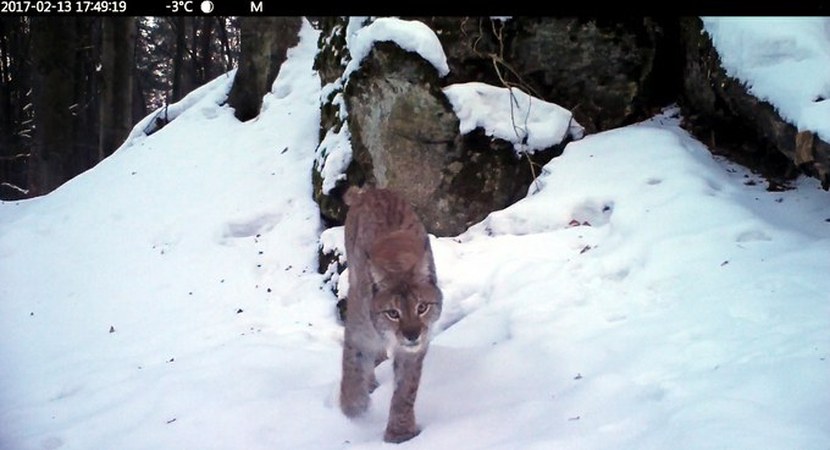The State Forests will subsidize National Parks
The State Forests will once again support financially National Parks. This year, the SF will allocate for this purpose over PLN 70 million. The interest in subsidy is high since and the total amount of money being requested is almost twice as big as the allocation, which indicates how these funds are needed.
All 23 National Parks in Poland have applied for funding. The receipt of applications lasted until the end of March. The total amount requested by all National Parks equals over PLN 137 million. The financial mechanism of the SF’s financial support for National Parks has been functioning for a few years and is still very popular. National Parks, thanks to this support may perform many additional nature protective treatments, conduct scientific research and invest in infrastructure used by tourists.
It was possible to start many interesting projects in 2016. One of them regards rare birds and zonal mammals (i.e. protected within marked zones, for example propagation zone) in the Roztocze National Park. The project involved assessing the count and distribution of breeding and reproductive population patterns of selected species under protection, including: the black stork, the lesser spotted eagle, the Eurasian pygmy owl, wolf and lynx in the RNP.
The lynx was recorded by a spy camera installed thanks to The State Forests’ financial support and all-terrain knowledge of the RNP employees. Spy cameras were located in places frequently visited by this mammal. Because lynx is very hard to spot, it remains a very mysterious predator.
‘It is extremely hard to track the lynx down during summer. Winter made it easier for us. Locating places frequently visited by lynx was much easier thanks to the tracks left on the snow’ explains Przemysław Stachyra from the RNP. ‘The spy cameras used so far allowed us to confirm the presence of individuals in a given location. Now, thanks to the high quality recordings, we can recognize a particular object and on that basis asses the size of its population and location preferences.’
The lynx doesn’t have a natural enemy, therefore it’s at the top of the food chain. It prefers old growth forests with windfalls and wetlands, however, it may be also found in open habitats, such as abandoned fields and glades. About 2-3 objects were detected within the area of RNP and its neighbourhood.
The basic mission of National Parksis to protect the environment. The cooperation with the SF enables them to finance such activities which provide comprehensive knowledge about behaviour and habitat preferences of various species. Broadening and acquiring knowledge allows for more effective protection.
‘There are many interesting projects ahead’ says the Director of the Coordination Centre for Environmental Projects Magdalena Bukowska, who is responsible for the cooperation with National Parks on behalf of the CCEP. ‘After initial analysis of the results, it is evident that many applications regard innovative and very necessary initiatives. Only best prepared and highest rated applications will be accepted for implementation’.






